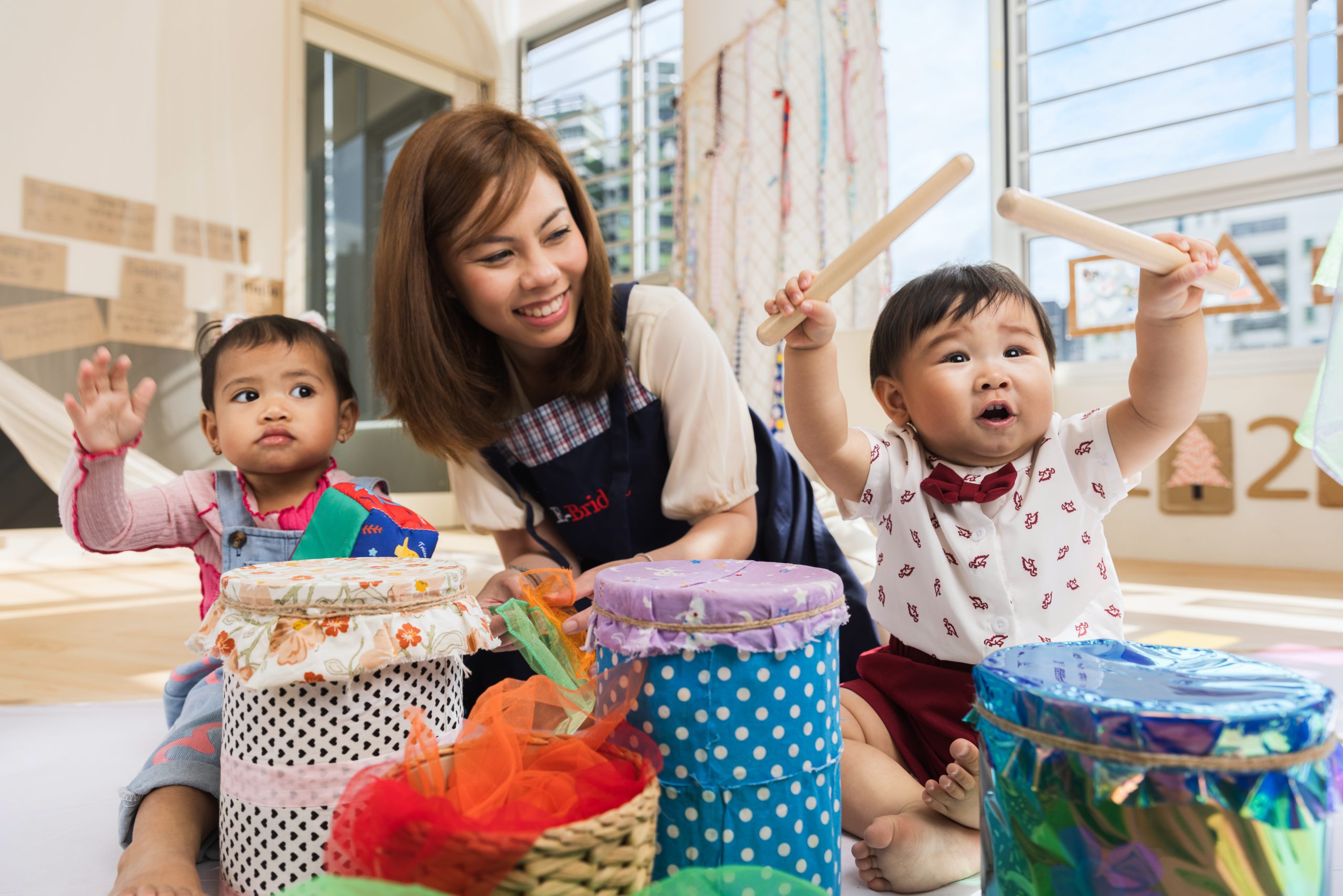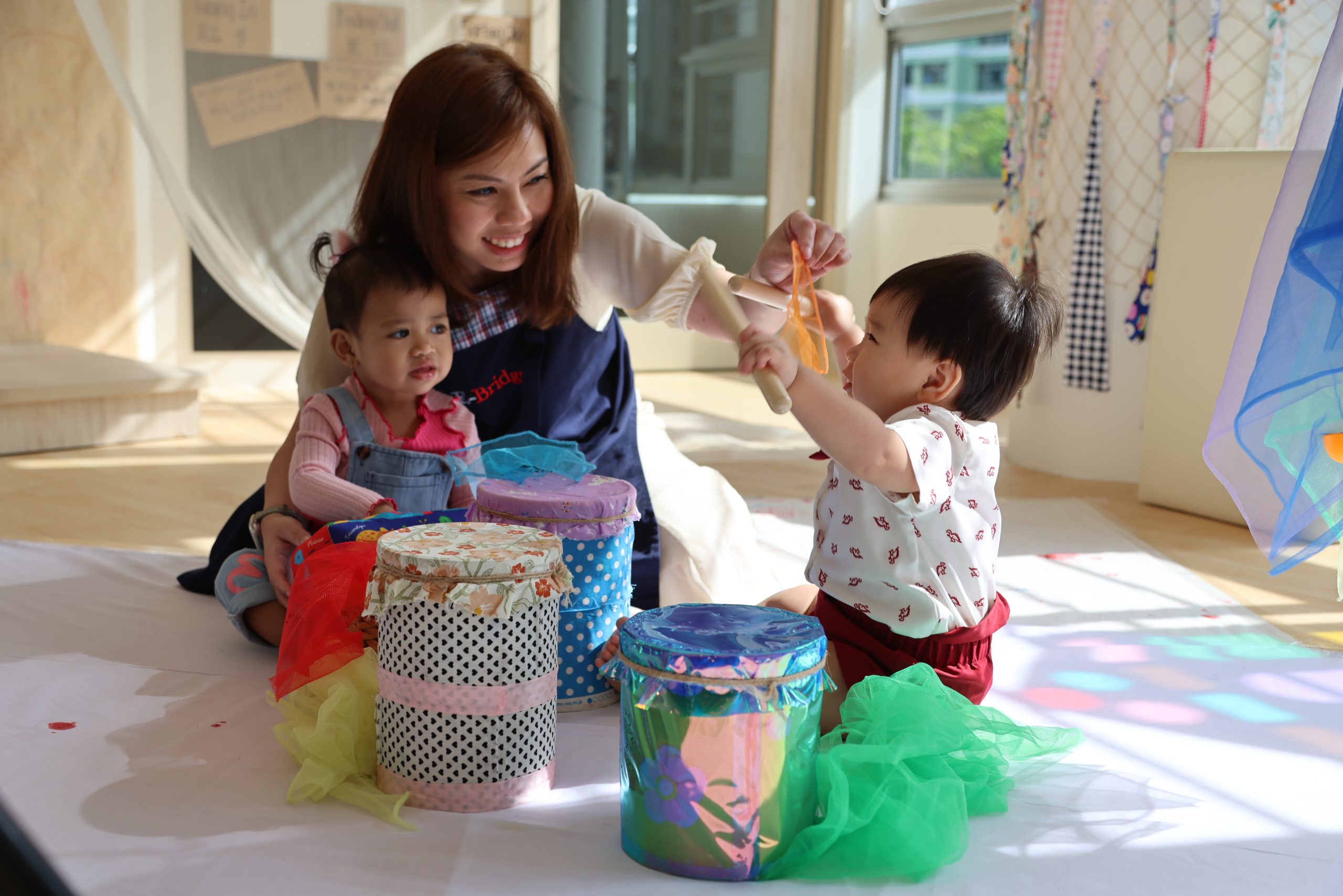Key Takeaways
- Playgroups in Singapore offer children a gentle introduction to group learning through routines, play, and social interaction.
- Look for a responsive, play-based curriculum that supports curiosity and adapts to children’s developmental needs.
- Warm, attentive educators and low adult-to-child ratios help foster trust, confidence, and early social skills.
- A thoughtfully designed environment—with child-accessible materials and calming spaces—encourages exploration and independence.
- Consider practical factors like location, schedule, and costs.
Finding a Playgroup That Grows With Your Child

Choosing the right playgroup is a meaningful step in your child’s early journey. More than just care and routine, it’s about finding a space where your child feels safe, seen, and supported. Whether you’re transitioning from infant care or exploring alternatives to traditional childcare in Singapore, here’s how to choose the best playgroup in Singapore for your child.
What Is a Playgroup?
In Singapore, a playgroup is an early childhood programme for children aged 18 months to 3 years. It offers a gentle introduction to group settings through play, shared routines, and guided learning experiences.
Led by trained educators, these sessions help children develop social skills, build confidence, and become more comfortable with daily routines—whether it’s learning to pack away toys, take turns, or wash their hands independently. Playgroups also serve as a helpful bridge between home care and more structured preschool environments, supporting key areas of childhood development in a safe, nurturing space.
What to Look Out For When Choosing a Playgroup in Singapore
1. Choose a Playgroup with a Responsive Curriculum
The best playgroups in Singapore offer open-ended, hands-on experiences tailored to your child’s stage of development. For example, rather than fixed worksheets, a responsive curriculum might include water play, nature walks, or painting with leaves. These learning experiences invite curiosity while also strengthening their fine motor coordination and thinking skills.
Look for a programme that values learning through play—where educators create opportunities for children to wonder, discover, and make sense of the world in ways that feel joyful and empowering.
2. Observe the Educator-Child Relationships
The classroom setup of the space reflects the centre’s educational approach—and how educators view children. Are materials easily accessible to encourage independence? Are there mindful spaces—cosy corners for quiet reflection, and open areas that invite movement and exploration? A well-considered layout tells you how much educators value children’s autonomy, emotional well-being, and curiosity.
A quality playgroup in Singapore often features natural lighting, calming tones, and age-appropriate materials such as stacking cups, sensory trays, or real-life objects like wooden spoons and shells. These invite exploration and creativity without needing adult-led outcomes. Inspired by the Reggio Emilia approach, some centres even display children’s work at eye level to reflect their value and agency.
3. Assess the Learning Environment

A thoughtfully designed environment encourages independence, collaboration, and exploration. Look for spaces that are not just beautiful, but also functional and child-centred—filled with natural light, calming colours, and child-sized furnishings that support both comfort and autonomy.
Open-ended materials, such as blocks, scarves, clay, or loose parts, invite endless creativity, helping children problem-solve and express themselves freely without the need for prescribed outcomes.
Inspired by Reggio Emilia principles, many playgroups in Singapore view the environment as the “third teacher.” When a space is intentionally curated to respect children’s agency, it can go a long way in nurturing their development, curiosity, and sense of belonging.
4. Find a Practical Fit for Your Family
Practical details matter too. Choose a location that fits easily into your morning routine, perhaps one near your MRT station or workplace. Consider if the hours suit your schedule and whether the playgroup offers flexibility (e.g. two or three mornings a week) if you’re transitioning from home or other childcare settings in Singapore.
Cost is another factor for many families. Reviewing infant care fees in Singapore alongside upcoming playgroup options can help you plan ahead and make more informed decisions as your child grows.
A consistent daily rhythm, from drop-off to pick-up, is also crucial for helping children feel secure. Finding a programme that supports both your child’s growth and your family’s lifestyle can ease the transition and make early learning joyful for everyone.
Conclusion: Choosing With Care, Confidence, and Connection
The best playgroup in Singapore isn’t defined by fancy facilities or academic pressure—it’s the one where your child feels valued, heard, and free to grow at their own pace. When you choose a programme that balances learning through play, meaningful relationships, and a thoughtful environment, you’re helping your child nurture a strong start in life.
At E-Bridge Pre-School, we believe that every child deserves a space where they can flourish, with supportive educators, enriching experiences, and a curriculum that honours their potential. Our Reggio Emilia-inspired, guided-inquiry approach is designed to align with different learning styles and developmental needs, creating space for every child to grow in their own way.
Get in touch with our team to learn more about our programmes today.
